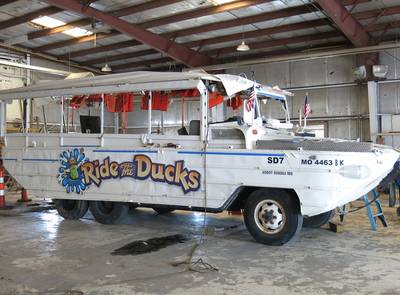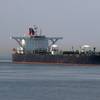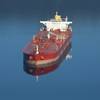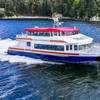Failure to Heed Weather Warning Led to Duck Boat Sinking -NTSB
The continued operation of an amphibious passenger vessel despite severe weather warnings led to its fatal sinking during a derecho in July 2018, the National Transportation Safety Board said during a public board meeting Tuesday.
The 33-foot-long, modified, World War II-era DUKW amphibious passenger vessel Stretch Duck 7 sank in Table Rock Lake, near Branson, Mo., killing 16 of 29 passengers and one of two crewmembers on board for a tour.
Operator Ripley Entertainment Inc., dba Ride The Ducks of Branson continued to run waterborne tours after a severe thunderstorm warning had been issued. This exposed the vessel to a derecho, which resulted in waves flooding through a non-weathertight air intake hatch on the bow, which caused the vessel to sink, the NTSB determined.
“Had Ride The Ducks employees taken more appropriate actions and made better decisions, it is likely the duck boat would not have sunk, because they would not have continued operations based on the weather forecast and prevailing conditions,” said NTSB Chairman Robert Sumwalt during Tuesday’s board meeting, held virtually due to COVID-19 restrictions.
In their investigation, NTSB investigators documented that the National Weather Service had issued a severe thunderstorm watch for the area, several hours before the sinking. That watch was followed by a severe thunderstorm warning 1 minute before Stretch Duck 7 departed the shoreside boarding facility about 6 miles from the lake where the tours began and ended. Investigators noted three other company vessels also entered the lake after the severe thunderstorm warning was issued.
Also contributing to the tragedy was the U.S. Coast Guard’s failure to require sufficient reserve buoyancy in amphibious vessels. NTSB investigators found that the vessel was originally constructed with a low freeboard, an open hull, and no subdivision or flotation, resulting in a design without adequate reserve buoyancy. Additionally, the NTSB cited previous inaction to address emergency egress on amphibious passenger vessels with fixed canopies which impeded passenger escape from the Stretch Duck 7.
The NTSB said the fixed canopy of the Stretch Duck 7 contributed to the severity of the accident as the canopy’s design impeded passenger egress as the vessel took on water and sank. When the vessel sank, the closed starboard-side curtain aboard the vessel impeded the passengers’ escape and likely resulted in additional fatalities, the NTSB concluded.
The NTSB issued six safety recommendations with three recommendations issued to the Ripley Entertainment Inc. dba Ride The Ducks and three recommendations to the U.S. Coast Guard. These recommendations address safety issues including company oversight, engine compartment ventilation closures, reserve buoyancy, survivability, weather training for mariners, and Coast Guard guidance.
The NTSB issued two safety recommendations November 13, 2019, calling for sufficient reserve buoyancy and improved emergency egress on DUKW amphibious passenger vessels.
A final NTSB report for the investigation is expected to be published in the next few weeks.












